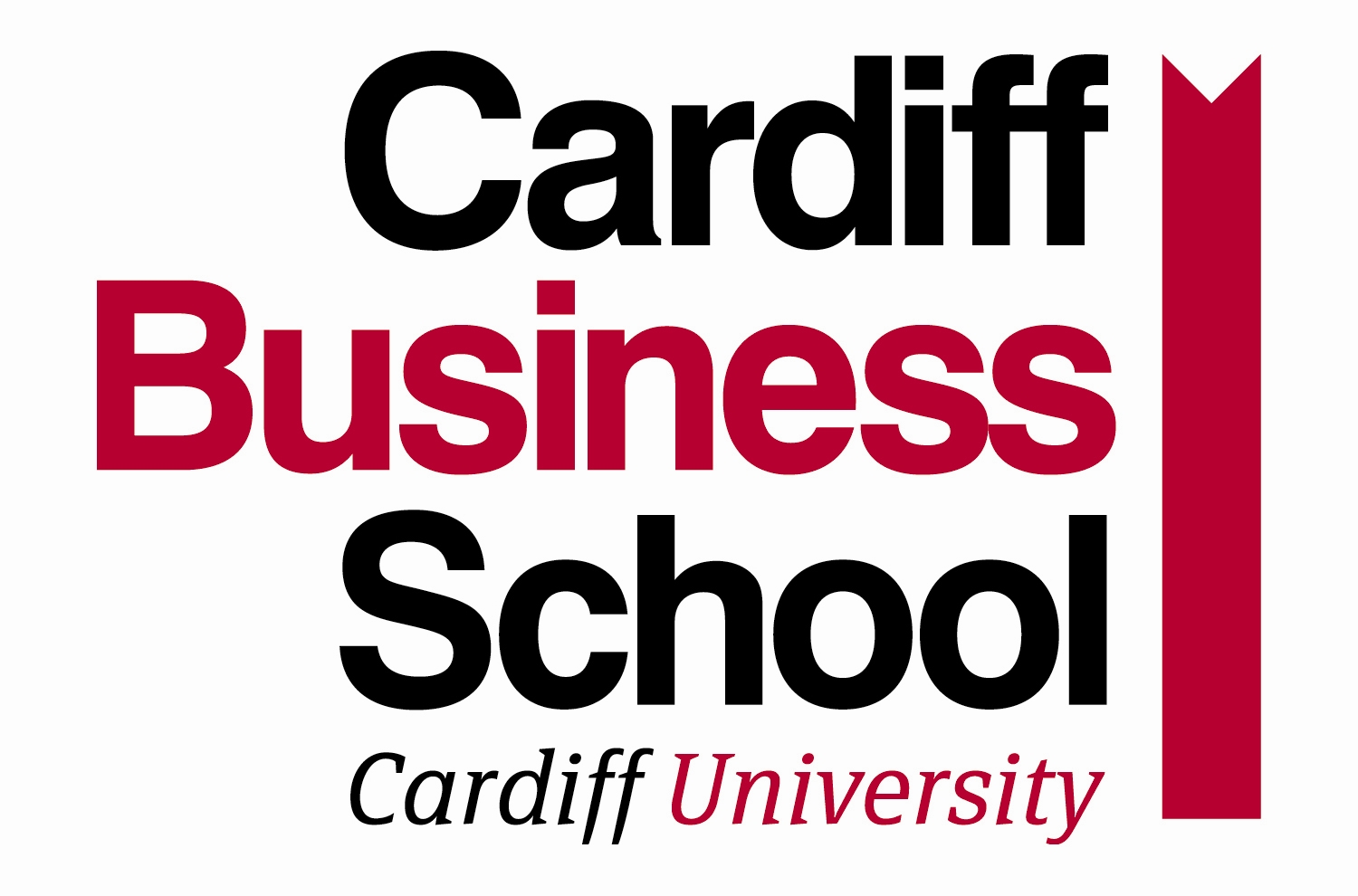Keys to developing a convincing overall argument in a proposal are: structure, focus, and linkage.
The main components of the structure tend to be pre-determined by the content stipulated by the funding agency, much of which is often to be incorporated into sections of a research proposal form. The ESRC’s online research proposal submission procedure involves completing each section of the electronic form for the relevant scheme. Along with other Research Councils, the ESRC uses the Joint Electronic Submission system (Je-S) to process proposals for ESRC funding. Each proposal is prepared online, then submitted electronically. Details of the Je-S system and how to gain online access to it, are available here.
Early on when preparing a proposal for the ESRC or other funding agencies, you should also contact the research support service for your institution for information on how to prepare and submit a proposal. In the case of the ESRC, your proposal submission involves approval by your institution’s research support service, and their integral contribution to the submission procedure. You cannot submit a proposal on your own.
Obviously, the ESRC application form in the Je-S system was not designed to support the idea presented here of developing the warranting and conclusion of an overall argument. The sequence of elements of the required structure (embodied in the JES form, mandatory case for support, impact plan, justification of resources, and other mandatory or optional attachments) do not neatly match the logical ordering of the argument that you are required to produce. For example, potential impacts on key beneficiaries are to be mentioned in the research impact summary section of the application form. But this comes before the case for support which shows how projected outputs will achieve your research objectives, and the ‘pathways to impact’ attachment which shows how you will attempt to make these projected impacts. Nevertheless, it is perfectly possible for you to complete each element of the structure so that there are no gaps in the logic of your overall argument. The sequence of elements in the structure may express components of your overall argument out of order, but you can still ensure that all the necessary components are there. (We will show you how.)
Since the sequence of elements in the proposal structure doesn’t exactly match the logic of your overall argument, you can help yourself to incorporate all the necessary components if you attend carefully to keeping a clear and sustained focus throughout, and establish a tight linkage between the different parts of the proposal. Your focus when developing your overall argument in your proposal follows the chronology of conducting research:
1. What you are going to investigate (objectives)
2. Why it’s important and timely (the central question or issue that your research will contribute to addressing)
3. How you will investigate it (research questions addressed through your methods of data collection and analysis)
4. What the anticipated outputs will be and the means of disseminating them (answering the research questions addressed through your methods)
5. What the projected impact will on the range of identified beneficiaries (related to your objectives) and how you plan to generate this impact
The linkage should become apparent as you develop the proposal: everything you write, in every section, should be clearly linked with what you have written elsewhere in warranting your conclusion about outputs and impacts. The need to sustain your focus and link everything together will become clearer as you work through the elements of a proposal structure.
Sources of information to consult in preparing a research proposal for the ESRC
In working out what to write in each section of the application form or attachment, you will need to refer closely to various sources of information, most of which have already been mentioned:
· the appropriate online ESRC Je-S research grants proposal form (you can print out a blank. partially or fully completed application form as a pdf file)
· the accompanying online Je-S notes for guidance covering each section of the form and the mandatory and optional attachments
· the advice on constructing a good proposal on the ESRC Today website
· the current ESRC Research Funding Guide which includes an extensive account of ESRC rules governing the eligibility of applicants, allowable expenditure and so on.
The main differences between the forms for the ESRC small grant and first grant schemes are that the first grant full proposal form includes the nomination of reviewers, and the first grant outline and full proposal forms include the nomination of a mentor and plans for professional development. The guidance below covers all the sections of a small grant and first grant outline and full proposal, at the time of writing (summer 2010). The first grant outline proposal requires less detail on costings than the full proposal or the small grants proposal.
If you are interested in detailed guidance on what needs to go into each section of the application form and attachments, plus the rationale (in italics) for this guidance, download the ESRC proposal guidance file here.
The guidance shows you how to develop a convincing argument in your proposal, step by step, as you complete the various sections of the application form and attachments. It also gives the rationale (in italics) for our advice about what needs to go into each section.
Secret of success No. 7: attend to the structure, focus and linkage of your overall argument
|
|
|


